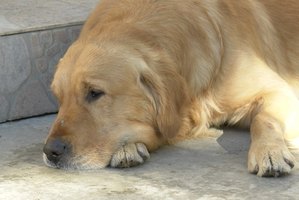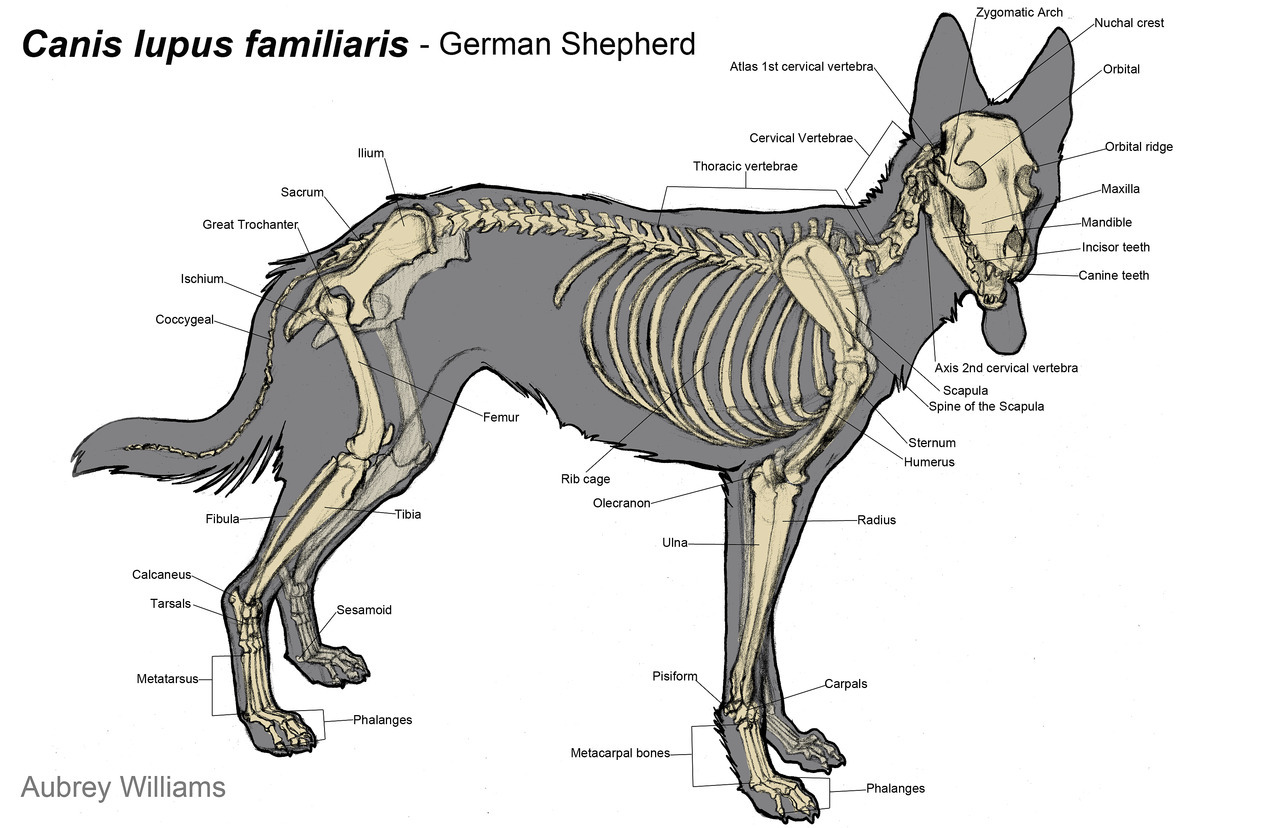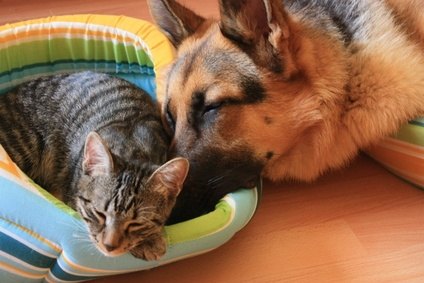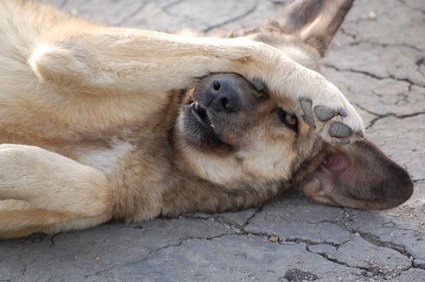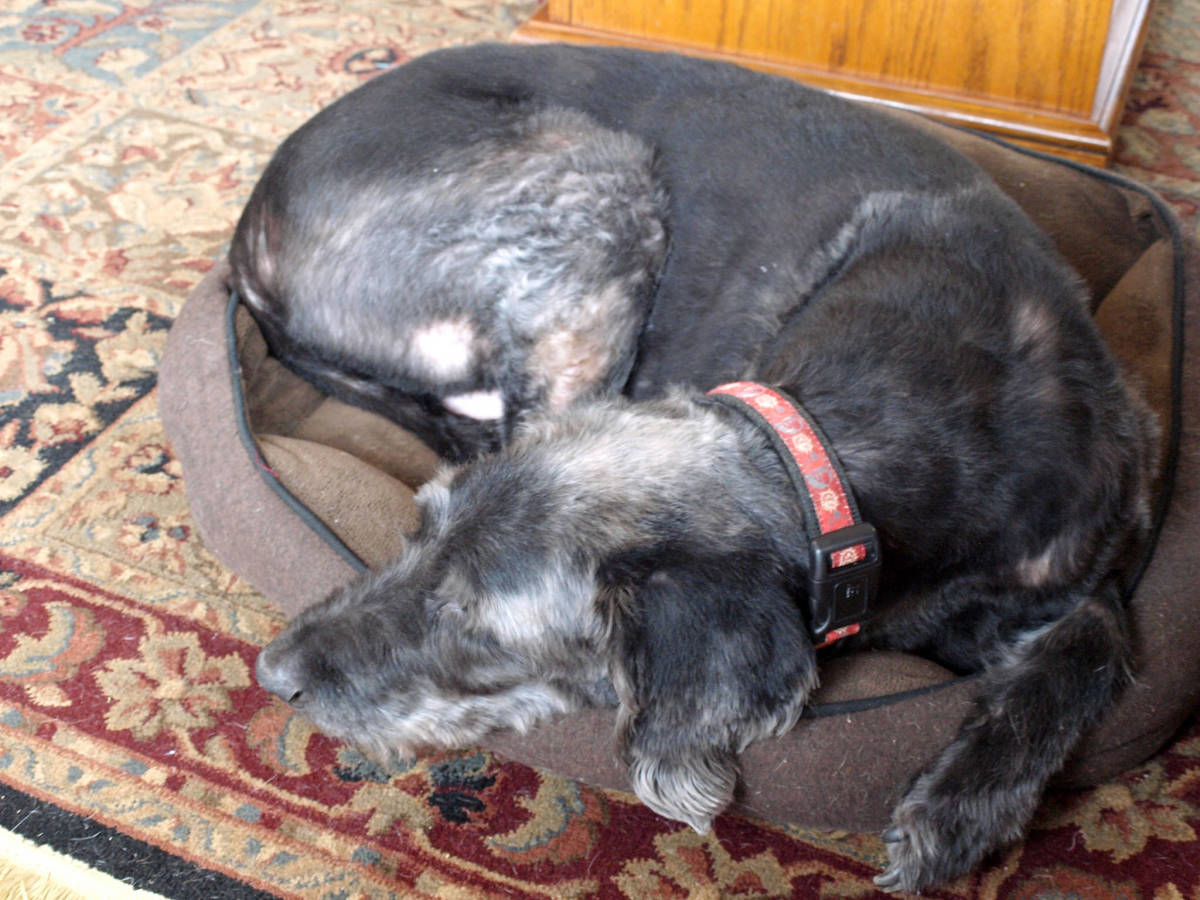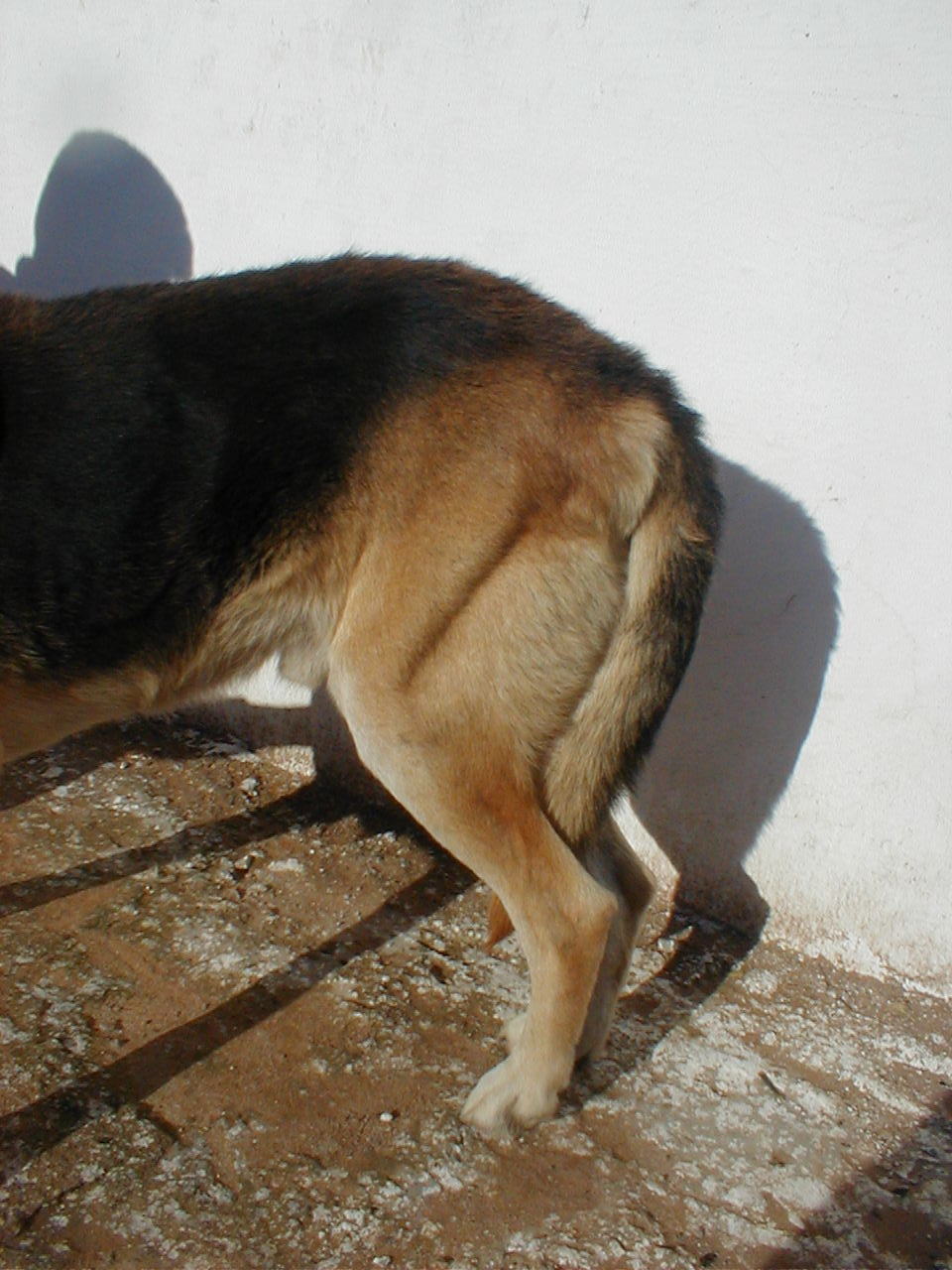Progressive Retinal Atrophy
Progressive Retinal Atrophy causes blindness in dogs by damaging the dog's retina. The disease begins with night blindness and progresses to total blindness, and there is no cure for this disease.
Progressive Retinal Atrophy causes blindness in dogs by damaging the dog's retina. The disease begins with night blindness and progresses to total blindness, and there is no cure for this disease.
Hereditary Epilepsy
Epilepsy can begin in all ages of dogs and can vary from petit mal (small seizures) that causes staring spells or repetitive tics to grand mal (large seizures). They are treated with medications to reduce or control the severity of the seizures. There are no tests available to diagnose the presence of hereditary epilepsy before a seizure occurs.
Epilepsy can begin in all ages of dogs and can vary from petit mal (small seizures) that causes staring spells or repetitive tics to grand mal (large seizures). They are treated with medications to reduce or control the severity of the seizures. There are no tests available to diagnose the presence of hereditary epilepsy before a seizure occurs.
Hip Dysplasia
This is a disorder where the 'ball and socket' hip joint doesn't fit well. The poor fit can range from slight instability in the dog joints to the joint dislocating. It is more common in medium and large breed dogs, and treatment ranges from dietary supplements, weight control, antiinflammatory for dogs medications and surgery.
This is a disorder where the 'ball and socket' hip joint doesn't fit well. The poor fit can range from slight instability in the dog joints to the joint dislocating. It is more common in medium and large breed dogs, and treatment ranges from dietary supplements, weight control, antiinflammatory for dogs medications and surgery.
Congenital Heart Anomalies
There are several hereditary heart defects, including patent ductus arteriosus, aortic stenosis, and ventricular septal defect.
There are several hereditary heart defects, including patent ductus arteriosus, aortic stenosis, and ventricular septal defect.
Diabetes mellitus
Like humans, diabetes can show up anytime in the dog's life, but the genetic form is seen in puppies under six months old. Pain symptoms in dogs include eating and drinking a lot with no weight gain and perhaps weight loss. Treatment is like that of humans, with diet and insulin.
Like humans, diabetes can show up anytime in the dog's life, but the genetic form is seen in puppies under six months old. Pain symptoms in dogs include eating and drinking a lot with no weight gain and perhaps weight loss. Treatment is like that of humans, with diet and insulin.


